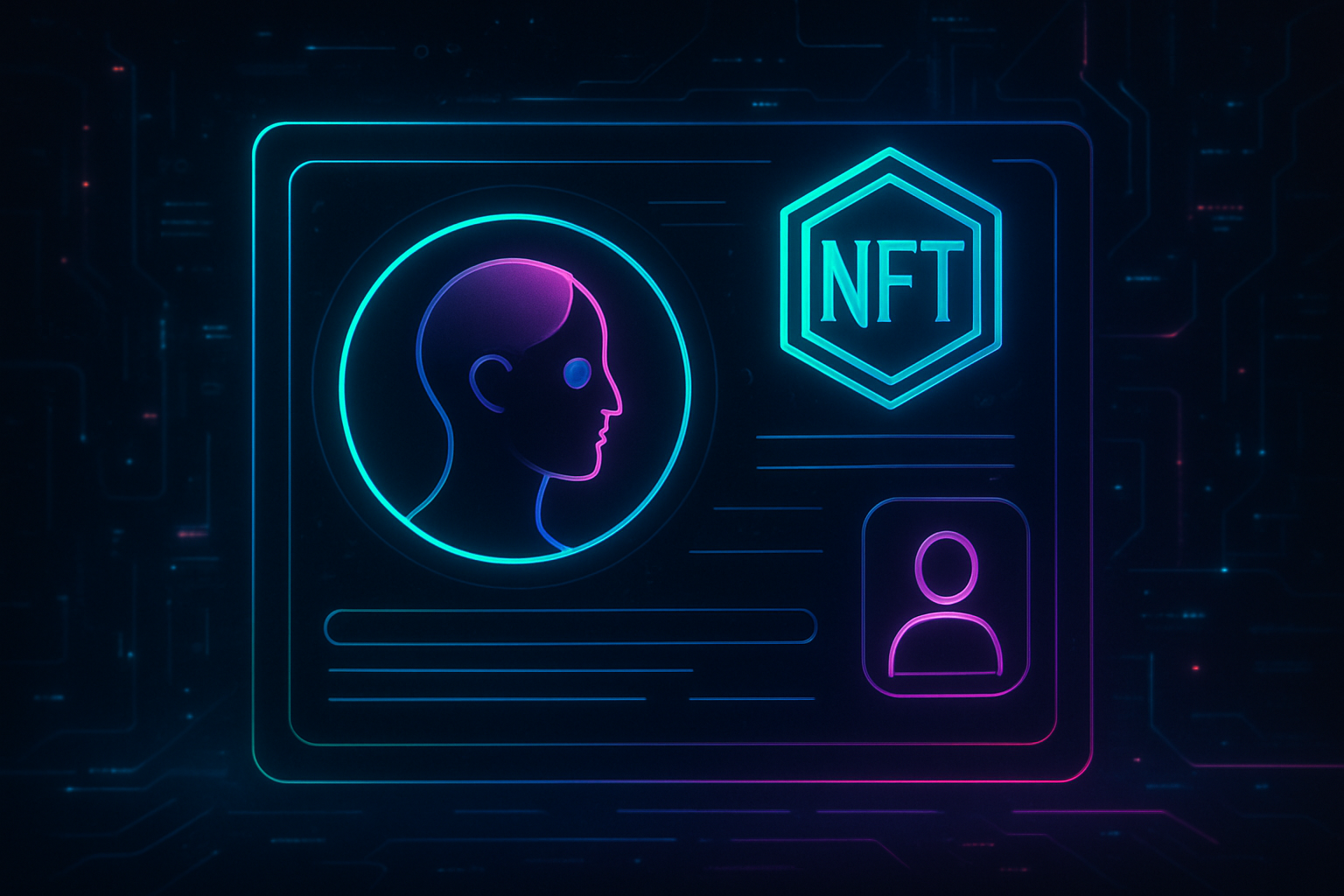
In the evolving landscape of Web3, the question of digital identity has become central to the future of social media. Traditional platforms have long dictated how users present themselves online, often at the expense of privacy and ownership. Now, with the advent of Lens Protocol, a new paradigm is emerging, one where NFTs serve as the backbone of social identity, offering users true sovereignty over their data and online personas.

Profile NFTs: The Foundation of Web3 Social Identity
At the heart of Lens Protocol lies an innovative concept: every user’s identity is encapsulated in a unique, on-chain Profile NFT. Unlike static avatars or usernames on Web2 platforms, these NFTs are dynamic containers for all your social activity, posts, comments, follows, and are owned directly by you. This approach ensures that your digital footprint is portable and persistent across any application that integrates with Lens.
This model upends the old order. No longer do centralized platforms control your handle or content. Instead, your Profile NFT becomes a verifiable credential and reputation layer that travels with you through the decentralized social web. Whether you’re engaging on Lenster or another dApp built atop Lens, your relationships and history remain intact, because they’re yours alone.
Composability and Data Sovereignty in Practice
The technical architecture behind Lens Protocol is intentionally modular. Every interaction, be it posting content, mirroring (the Web3 equivalent of retweeting), or following another user, is recorded on-chain and associated with your Profile NFT. This structure enables seamless interoperability across dApps; developers can build novel experiences on top of existing social graphs without siloing user data.
This radical composability means users are no longer locked into walled gardens. If you decide to migrate from one platform to another within the Lens ecosystem, your connections and contributions follow you effortlessly. As highlighted by Gate.com’s overview, this represents a fundamental shift towards user-centric networks where individuals, not corporations, own their social capital.
Key Advantages of NFT-Based Identity in Decentralized Social Networks
-
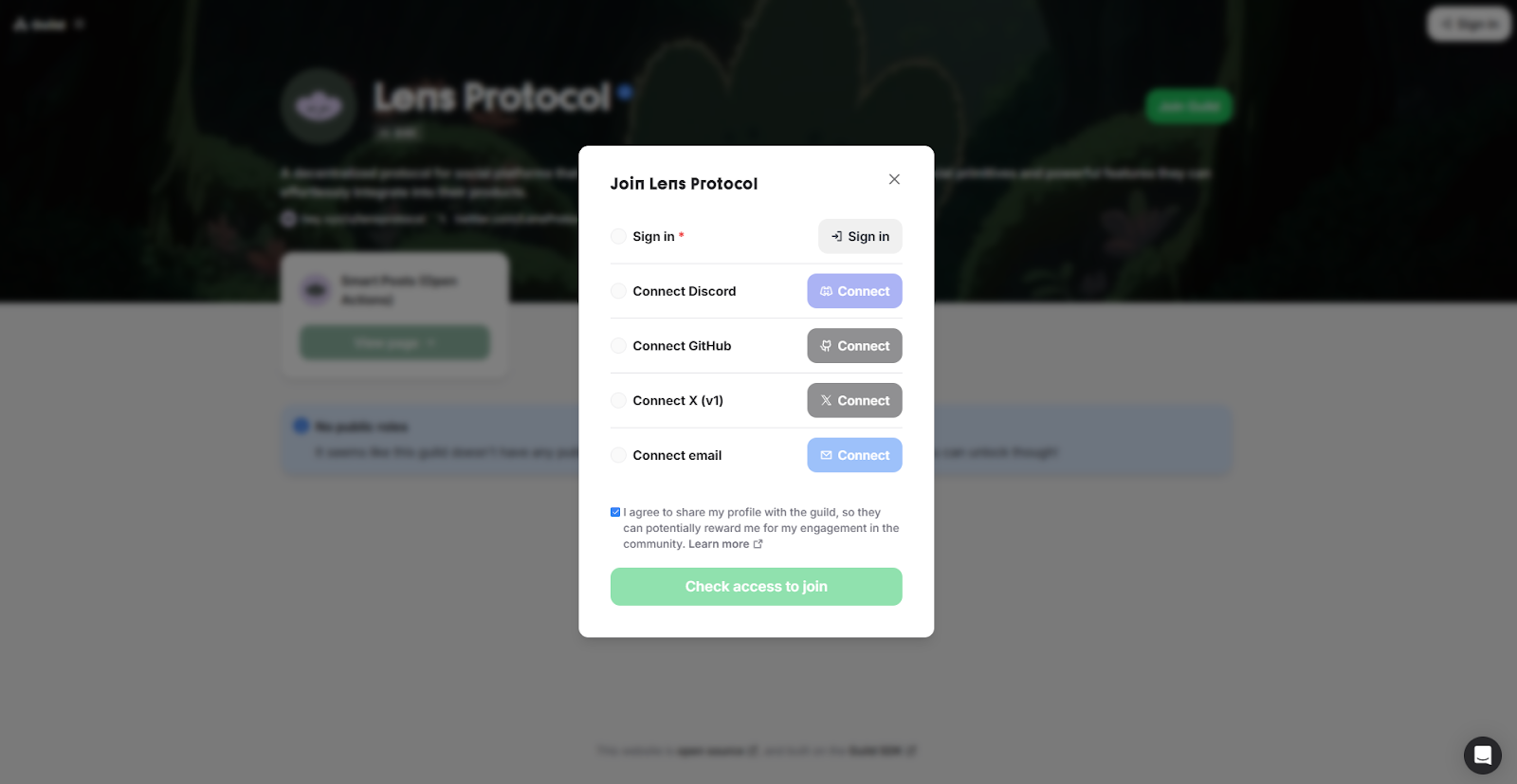
True Ownership of Digital Identity: With Profile NFTs on Lens Protocol, users maintain full control over their social identity, content, and connections—unlike traditional platforms where data is owned by centralized entities.
-

Portability and Interoperability: NFT-based identities are portable across multiple decentralized applications (dApps) within the Lens ecosystem, allowing users to seamlessly carry their social graph and content wherever they go.
-
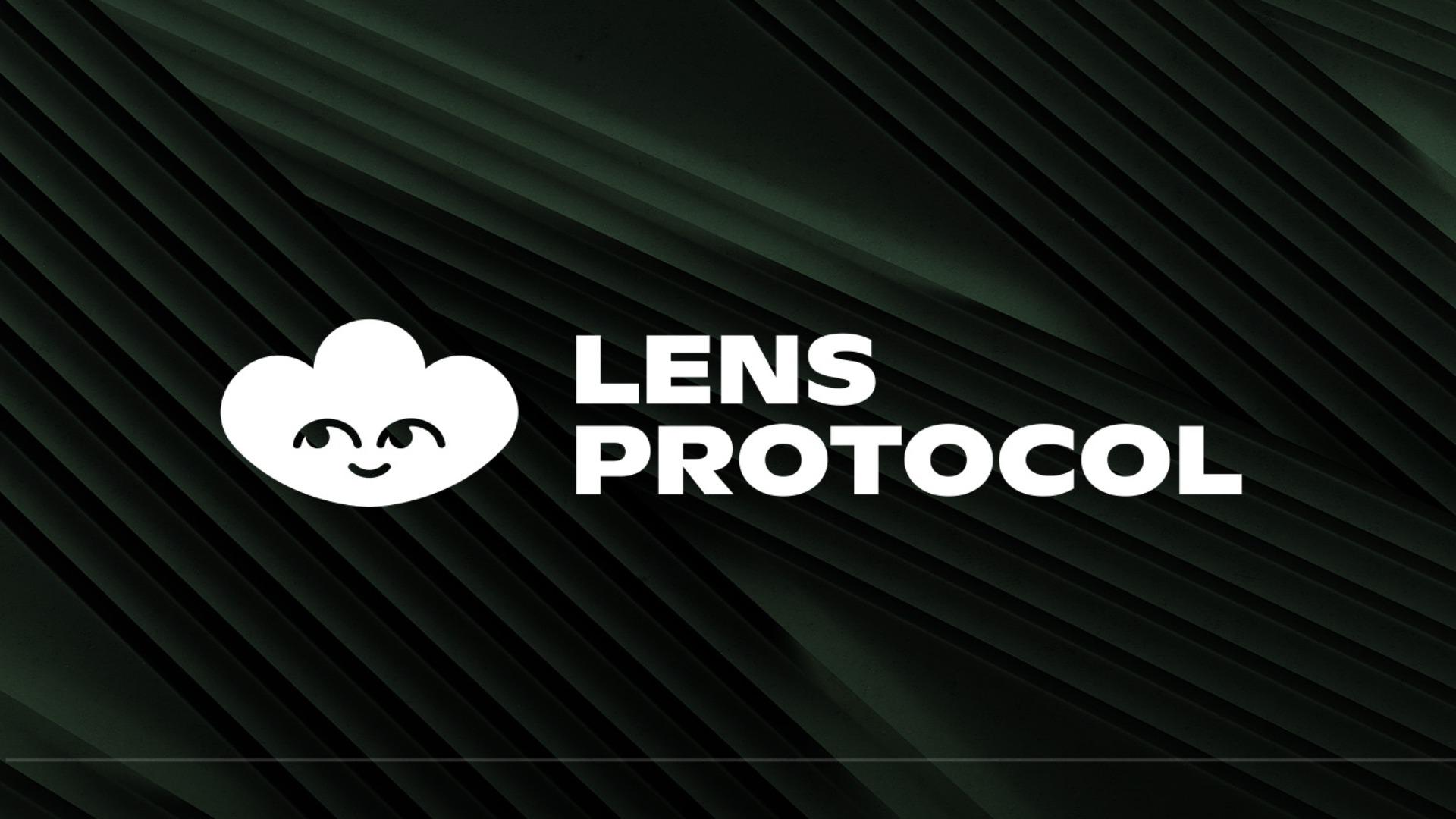
Direct Monetization for Creators: Lens enables creators to tokenize content as NFTs, leveraging features like ‘Collect’ for direct monetization, tipping, and exclusive content sales—removing intermediaries and empowering creators.
-
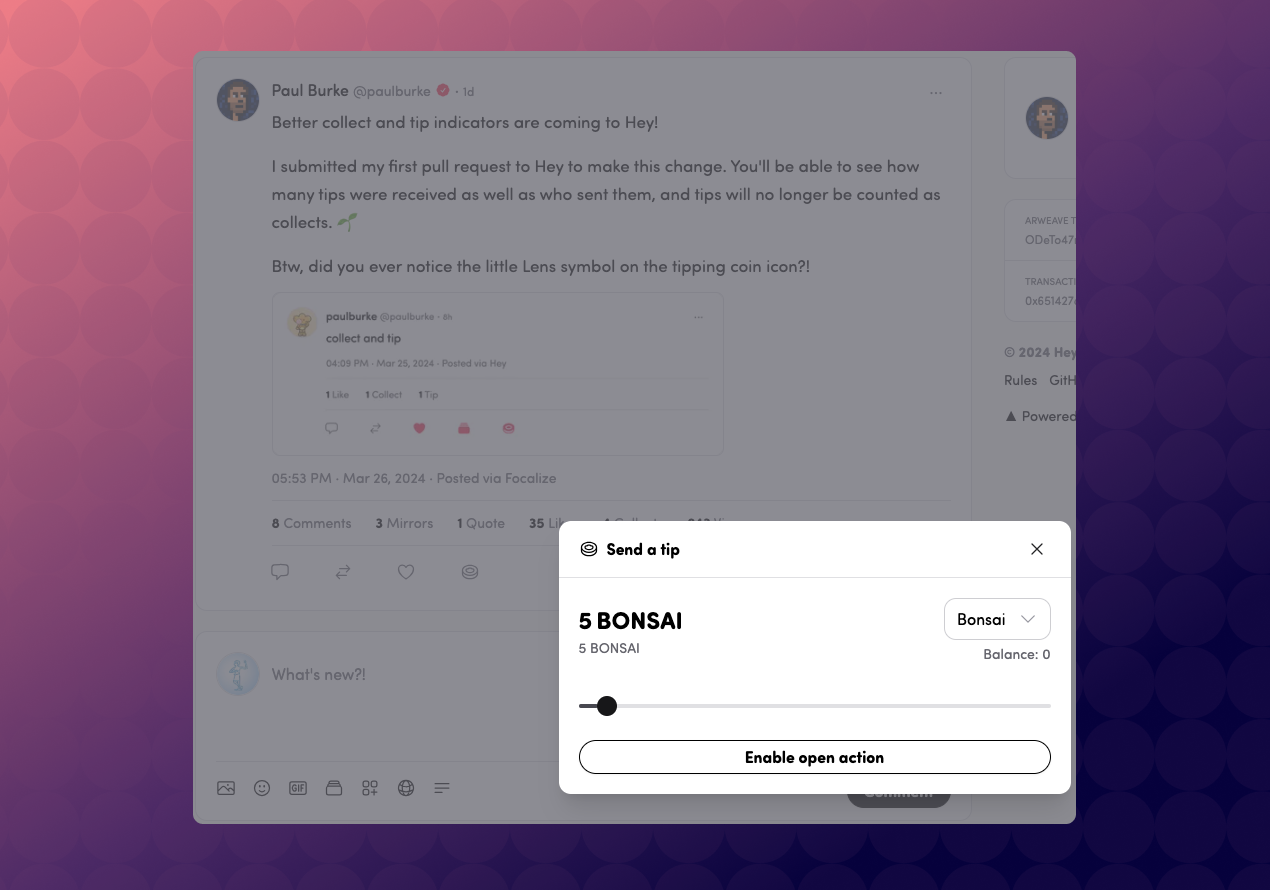
Enhanced User Control and Customization: Features such as Follow NFTs allow users to set custom conditions for connections, including paid follows or access criteria, giving unprecedented control over social interactions.
-
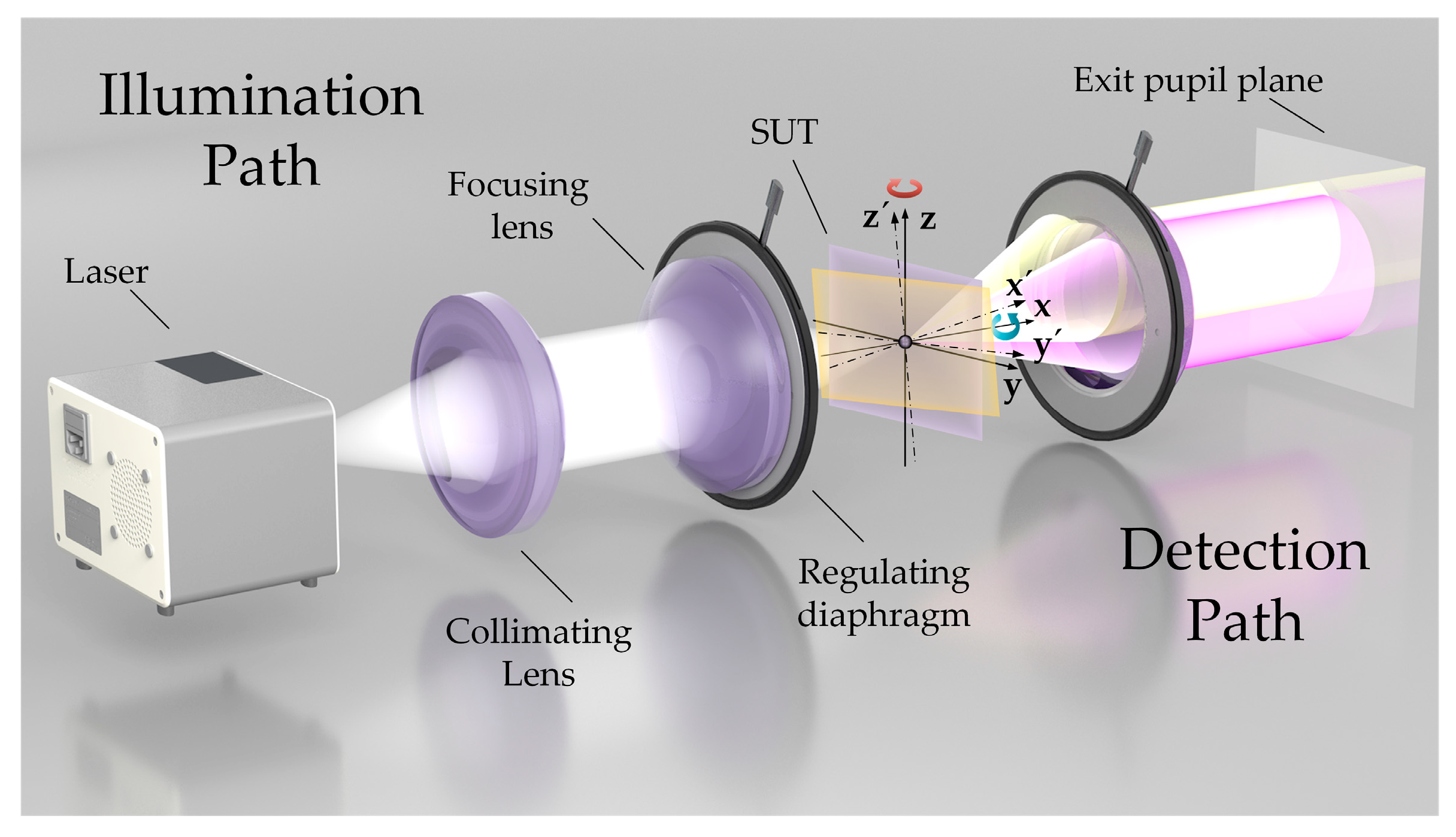
Composability and Modular Innovation: Lens Protocol’s modular architecture lets developers build and integrate diverse social features, fostering a dynamic ecosystem where applications and user experiences can rapidly evolve.
NFTs as Reputation and Monetization Tools
The implications for creators are profound. With Profile NFTs at their core, Lens Protocol enables entirely new monetization models that bypass intermediaries. Creators can tokenize content or access rights directly through smart contracts, think pay-to-follow gates, exclusive drops for supporters, or tipping mechanisms, all governed by transparent code rather than opaque algorithms.
This direct alignment between creators and audiences not only increases earning potential but also fosters authentic community engagement. As noted by recent analysis from Hashed Out, these features position Lens as a leader in SocialFi, the intersection of social networking and decentralized finance, where reputation itself becomes an asset that can be leveraged across multiple platforms.
Crucially, reputation in the Lens ecosystem is composable and transparent. Your on-chain activity, from posts to meaningful collaborations, builds a provable social track record that can be recognized by any dApp plugged into the Lens graph. Unlike Web2’s opaque reputation systems, this model allows for a universally portable social credit layer. It’s a new kind of social capital, one you own, control, and can monetize on your terms.
Recent developments further underscore the momentum behind NFT-based digital identity. In December 2024, Lens Protocol secured a $31 million funding round led by Faction VC and backed by industry heavyweights like Alchemy and ConsenSys. This influx of capital is fueling enhancements to Lens’s modular architecture and expanding integrations with Layer 2 solutions, accelerating adoption across the Web3 landscape. For creators and users alike, this means richer features, lower costs, and greater flexibility in how identities are expressed and leveraged.
Challenges Ahead: Privacy, Security, and Adoption
While the promise of Lens Protocol NFT identity is compelling, it’s not without hurdles. Privacy remains a complex issue; on-chain data is transparent by default. Although users own their profiles, balancing transparency with privacy will require ongoing innovation, potentially through zero-knowledge proofs or selective disclosure tools.
Security is another core concern. With Profile NFTs holding both social reputation and monetizable assets, wallet management becomes critical. Users must navigate key custody risks that simply don’t exist on traditional platforms. As adoption grows beyond crypto-native circles, user experience improvements around onboarding and safety will be essential.
Adoption also hinges on network effects. While Lens has made significant strides, with early flagship apps like Lenster demonstrating real-world utility, the broader decentralized social ecosystem must continue to mature. Integration with other networks and protocols will be vital for achieving true interoperability at scale.
The Road Ahead for Decentralized Social Identity
The emergence of NFT-based social identity via Lens Protocol marks a fundamental shift: from platform-owned personas to user-sovereign reputations that persist across an open internet. For investors watching the SocialFi space or builders seeking resilient primitives for new communities, this evolution signals both opportunity and responsibility.
If Lens succeeds in its vision, where every user controls their online narrative through composable NFTs, the implications extend far beyond social media alone. We could see new models for professional networking (think LinkedIn without lock-in), decentralized marketplaces built around trustless reputation scores, or entirely novel forms of collaborative governance tied to provable on-chain histories.
The next chapter for decentralized identity will be written not just in code but through community experimentation at scale. With its modular design and focus on data sovereignty, Lens Protocol offers a blueprint for what’s possible when we put ownership back into the hands of individuals, one Profile NFT at a time.









